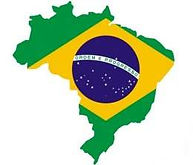Brazilian Refined Sugar Standards & Specifications
REFINED SUGAR GRADE A - ICUMSA 45
Brown Sugar
Origin: Brazil
Icumsa: 45 RBU
Polarization: 99.80% Min
Ash content: 0.04% Max
Moisture: 0.04% Max
Solubility: 100% Free Flowing
Radiation: Normal Certified
Color: Sparkling White
Granulation: Fine
Wholesale Crystal White Sugar Supplier Brazil – Online Crystal White Sugar & Fine Crystal Sugar Catalog, Crystal Brown Sugar Suppliers Company, Crystal White Sugar Wholesalers, Fine Crystal Sugar Supplier, Wholesale Crystal White Sugar, Wholesale Fine Crystal Sugar manufacturers, Brazilian Sugar exporters
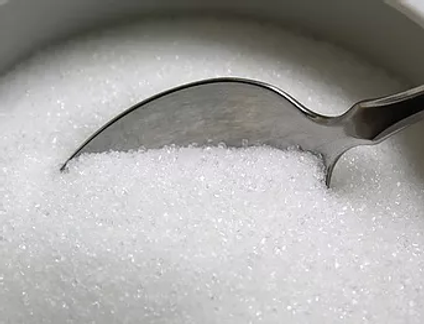
CANE SUGAR - ICUMSA 100
Icumsa: 100 RBU
Polarization: 99.50% min
Ash content: 0.15% Max
Moisture: 0.10% Max
Solubility: 100% Free Flowing
Radiation: Normal Certified
Color: White
Granulation: Fine
Wholesale Crystal White Sugar Supplier Brazil – Online Crystal White Sugar & Fine Crystal Sugar Catalog, Crystal White Sugar Suppliers Company, Crystal White Sugar Wholesalers, Fine Crystal Sugar Supplier, Wholesale Crystal White Sugar, Wholesale Fine Crystal Sugar Supplies, Brazilian Sugar Suppliers.
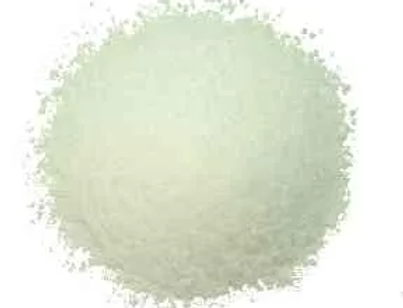
RAW BROWN CANE SUGAR GRADE E
ICUMSA 600-1200
Icumsa: 100 RBU
Polarization: 99.50% min
Ash content: 0.15% Max
Moisture: 0.10% Max
Solubility: 100% Free Flowing
Radiation: Normal Certified
Colour: White
Granulation: Fine
Wholesale Crystal brown Sugar Supplier Brazil – Online Crystal White Sugar & Fine Crystal SugarCatalog, Crystal White Sugar Suppliers Company, Crystal White Sugar Wholesalers, Fine Crystal Sugar Supplier, Wholesale Crystal White Sugar, Wholesale Fine Crystal Sugar Supplies, Brazil Fine Crystal Sugar Suppliers.
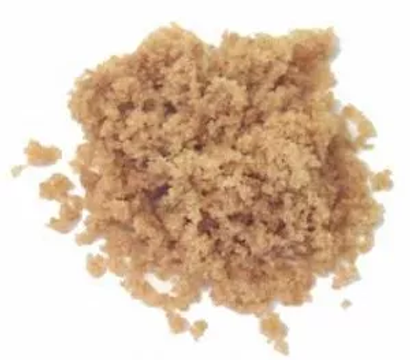
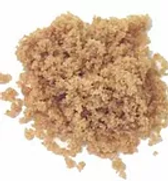

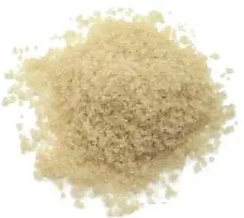
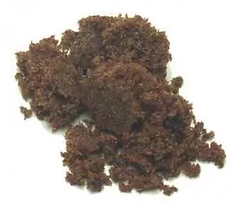
ICUMSA – International Commission for Uniform Methods of Sugar Analysis
Brazil ICUMSA 45 sugar – White Refined Sugar. Also called “London White”*
ICUMSA 150 (this includes ICUMSA 100 to ICUMSA 150). Also called Crystal Sugar.
VHP or ICUMSA 600 – 1500 This is also called “Raw Sugar Zeecontainer kopen
MEANING AND WORKING
ICUMSA is a worldwide body that brings together the activities of the National Committees for brown Sugar Analysis in more than thirty member countries. Work is carried out under various Subject headings, each headed by a Referee.
Methods are recommended for tentative approval by ICUMSA in the first instance. Upon meeting all of the Commission’s requirements, methods are accorded official status. Methods which are demonstrably useful and have found an established application, or which do not lend themselves to collaborative testing are given an Accepted status” Zeecontainer kopen
An ICUMSA rating is an international unit for expressing the purity of the sugar in solution and is directly related to the color of the sugar. Be aware that there are different types of ICUMSA units. For Brazilian sugar, the lower the ICUMSA figure the whiter the sugar.
However, this is not the case in the E.U. for some unknown reason, which has been the subject of much discussion. SGS of Sao Paulo has published specifications for ICUMSA numbers for E.U. products which run contrary to the Brazilian specifications; for example, in Brazil SGS has an ICUMSA rating of 45 rbu for refined, indicating the highest quality, with other grades of lower quality (such as Special Extra Crystal) having a higher ICUMSA of 150 and so forth.
This rating method is confirmed by the Institute of Sugar and Alcohol in Brazil.
The TU is heavily dependent upon “ash points”, which are defined as “Conductivity ash, %, expressed to three decimal places” (British Sugar Corp., Central Laboratory, ICUMSA Headquarters). Further used to weigh the TU is “reflectance Grade Colour” and “Solution Colour” or “Filtered Colour” as it is referred to, which have formulas for determination equally confusing as the one for “Ash Points”. Thus, as you see, this is not easily understood by the novice.
Raw Sugar
Raw sugar (Brown sugar) is the product from which refined sugars are made. It is also consumed in some parts of the world as a foodstuff in its own right. The bulk of the world’s sugar exports are made up of raw sugar, the most notable exporter of raw sugar being Brazil, which exports VHP raw sugar in massive amounts, often exceeding twenty million tons, every year.
VHP Raw Sugar
VHP raw sugar is processed more than normal raw sugar. As with normal raw sugar, the raw sugar juice is boiled and allowed to crystallize, but it is then sent into a centrifugal chamber, which drives off the liquid content, or molasses, and leaves light brown sugar crystals behind.
These sugar crystals have far less contamination in them than normal raw sugar, and overall the sugar produced by this process has a nice high sucrose content. VHP sugar is defined as being sugar with sucrose content of 99.4 % or more.
VHP sugar was invented in 1993 by Brazilian sugar scientists and is now the most popular raw sugar export in the world. This is because buyers get more sugar per shipment when they purchase VHP. After all, it has such a high sucrose content. It is also easier and quicker to refine than other sugars, and the bulk of ICUMSA 45 refined sparkling white sugar is made from VHP raw sugar for this reason.
Brazilian sugar is perhaps the most well-known type of sugar in the world. As the biggest sugar exporter on the planet, Brazil produces around thirty million tons of sugar every year and exports two-thirds of that to various countries.
Brazilian sugar is grown in two major regions in Brazil, the largest of these is the Sao Paulo region. Located in the center south of the country, it is known for its vast fertile plains, much of which has been turned over to sugar cane production over the past decades as sugar has become an increasingly viable crop, and as interest in sugar ethanol as a form of alternate fuel has also grown.
The other major growing region is in the northern states of Pernambuco and Algolas. Though these states are much less fertile and boast rugged terrain which is not nearly as well suited to the cultivation of sugar cane, they are the historical home of sugar production in Brazil. They are also the main regions of expansion, as the Sao Paulo region recently cut permits for new sugar mills in that jurisdiction due to environmental concerns, leaving would-be developers to seek other regions in which to build their mills.
Global demand for brown sugar has continued to increase over the years, with population growth and the growing popularity of the Western-style diet accounting for much of this growth. Production has also increased in many countries, and India in particular is now a solid rival to Brazil in the production stakes, though its exports are significantly lower than Brazil’s.
The great majority of Brazil’s sugar exports are in the form of VHP raw sugar, a raw sugar product that has undergone some processing to increase its polarity.
VHP raw sugar contains no less than 99.4% sucrose, is a light brown color, and is in great demand by refineries around the world. VHP raw sugar is a Brazilian invention, created in 1993 as an answer to the inherent inefficiency of carting large amounts of raw sugar around the world only to lose a great deal of it to the refining process because so much of it was made up of liquids and contaminants.
Refineries soon saw the benefits of using a high-sucrose raw material instead of traditional raw sugar, and the Brazilian sugar industry went from strength to strength after its invention.
VHP raw sugar contains no less than 99.4% sucrose, is a light brown color, and is in great demand by refineries around the world. VHP raw sugar is a Brazilian invention, created in 1993 as an answer to the inherent inefficiency of carting large amounts of raw sugar around the world only to lose a great deal of it to the refining process since so much of it was made up of liquids and contaminants.
Refineries soon saw the benefits of using a high-sucrose raw material instead of traditional raw sugar, and the Brazilian sugar industry went from strength to strength after its invention.
Equal attention has been paid to the physical processes associated with milling sugar cane and refining sugar. Most Brazilian sugar mills have efficiency teams whose job is to streamline and economize all processes in the plant. Recycling is also a high priority, with the sugar cane fiber often burned to power the facility. So efficient are Brazilian mills that they often manage to sell power onto the national grid because the burning of the bagasse (a name given to the fibrous part of the sugar cane discarded after crushing) provides more than enough energy to power the plant.
